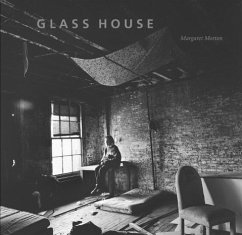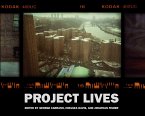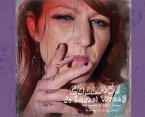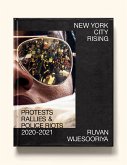From the beginning, my work was devoted not to despair but rather to the courage and imagination with which people face adversity, the ways they manage to build makeshift structures and find warmth and community. I try to show that the term "homeless" is a misnomer that blinds us from seeing how people preserve their sense of home and identity while struggling for survival at the margins of society. How does Glass House fit into your earlier work? Unlike my other books, which are about adults, Glass House focuses upon a group of young people--some were runaways-who in 1993 established a communal home in an abandoned glass factory on Manhattan's Lower East Side. How did you find out about Glass House and get access to the community? I learned about Glass House from a homeless man whom I had photographed. He introduced me to Gentle Spike, one of the members of the community, who told me to meet him at Avenue D and East 10th Street on a Sunday night at 9 PM. "If no one is there," he said, "just yell 'Glass House.'" When I arrived at the seven-story building that next Sunday, it was completely dark and looked deserted. I waited a few minutes, then yelled "Glass House." Silence. I yelled again. Suddenly, a thick chain came hurtling down. I had the keys. I found my way to the second floor and a dimly lit, unheated room where about thirty-five people between the ages of seventeen and twenty-two were conducting what they called a "house meeting." "A stranger, a documentarian," was on the agenda. I showed them a copy of my first book, Transitory Gardens, Uprooted Lives. Discussion, a show of hands, then a woman slammed a sledgehammer on a table: I had been given permission to take photographsand conduct interviews as they continued their lives in this derelict brick building. After that night and for the next four months, I attended Thursday workdays, Sunday night house meetings, and met with individual residents. Why do you think they accepted you? These young m
Hinweis: Dieser Artikel kann nur an eine deutsche Lieferadresse ausgeliefert werden.
Hinweis: Dieser Artikel kann nur an eine deutsche Lieferadresse ausgeliefert werden.








